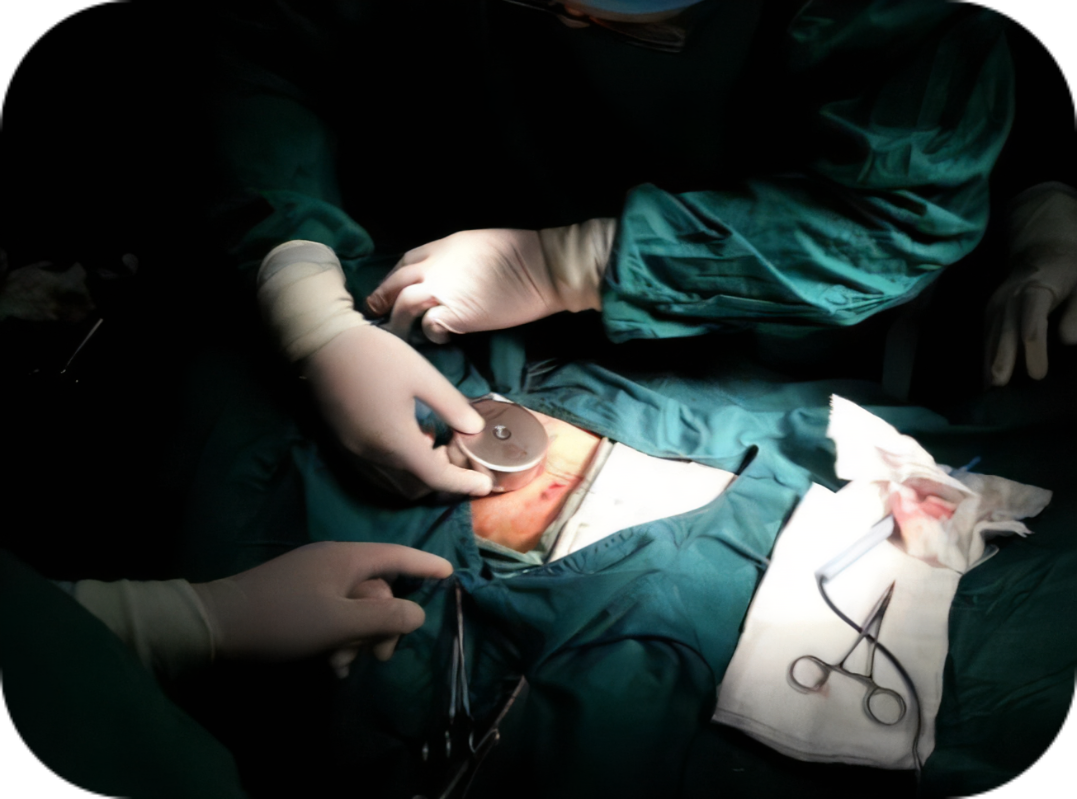Categories
- Blog (808)
- Customer Purchase (378)
- Best Sarms stack (6)
- Weight loss peptide (39)
- Other supplements (35)
- Home made (6)
- Testosterone & TRT & AAS (75)
- PCT (28)
Yes, right. It is to implant testosterone with a content of more than 98.5% into the body through small subcutaneous surgery.
This method is approved by FDA and can be used to treat adult men with symptoms of lack or absence of endogenous testosterone, including cryptorchidism, bilateral testicular torsion, orchiectomy, chemotherapy or primary hypogonadism caused by alcohol and heavy metal toxicity. Current regulations require that all implanted testicles must be produced in the United States, and some private compound pharmacies are also allowed to manufacture general testosterone implant particles.
This particle usually contains 75mg free testosterone per particle, and the rest is some inert adhesive. After aseptic treatment, it is implanted subcutaneously to provide patients with relatively uniform hormone release for a long time. The advantage of this method is that patients can not take testosterone every day to maintain their testosterone level, but this subcutaneous testosterone can only be maintained for a few months, so they may need to have several operations every year.

I think many people will have this question. This subcutaneous testosterone needs surgery. Why does anyone choose to use testosterone this way?
In fact, there are two main reasons. One is that testosterone is metabolized very fast for the first time, so it can not be used orally. Then the remaining way is injection, that is, our very common testosterone injection.
But another reason is that for people who lack testosterone, they need to supplement testosterone steadily every day to ensure their normal work. In addition to the strong pain of injection every day, there will also be injection hygiene, wound care and other problems. Therefore, for a person who uses testosterone all year round, a small subcutaneous implantation can save several months of injection, which is very cost-effective.
The side effects of this product are no different from testosterone, and its usual dosage is 300-450 mg per plant, which can be released continuously for 4-6 months. Of course, implantable testosterone has not been approved by FDA for women, mainly because androgen is strong and easy to be entangled with vicious effects, so it is not recommended for women.
Is this latest approach useful to you? For more information, please consult your doctor.